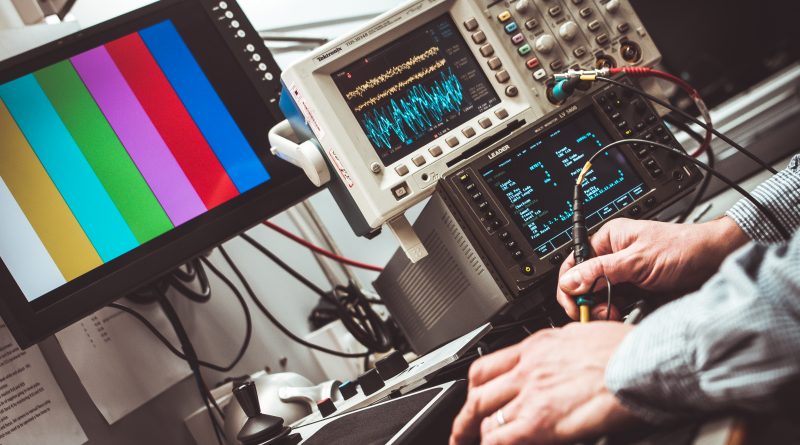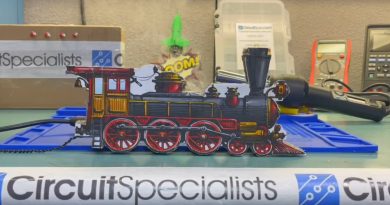Quick Guide on How to Choose the Right Oscilloscope
When it comes to choosing the right oscilloscope for your electronic troubleshooting and design needs, the options can be overwhelming. With so many types of oscilloscopes available, selecting the best one for your specific requirements is crucial. In this guide, we’ll walk you through the key factors to consider when buying an oscilloscope, helping you make an informed decision and find the perfect tool for your projects.
What is an Oscilloscope?
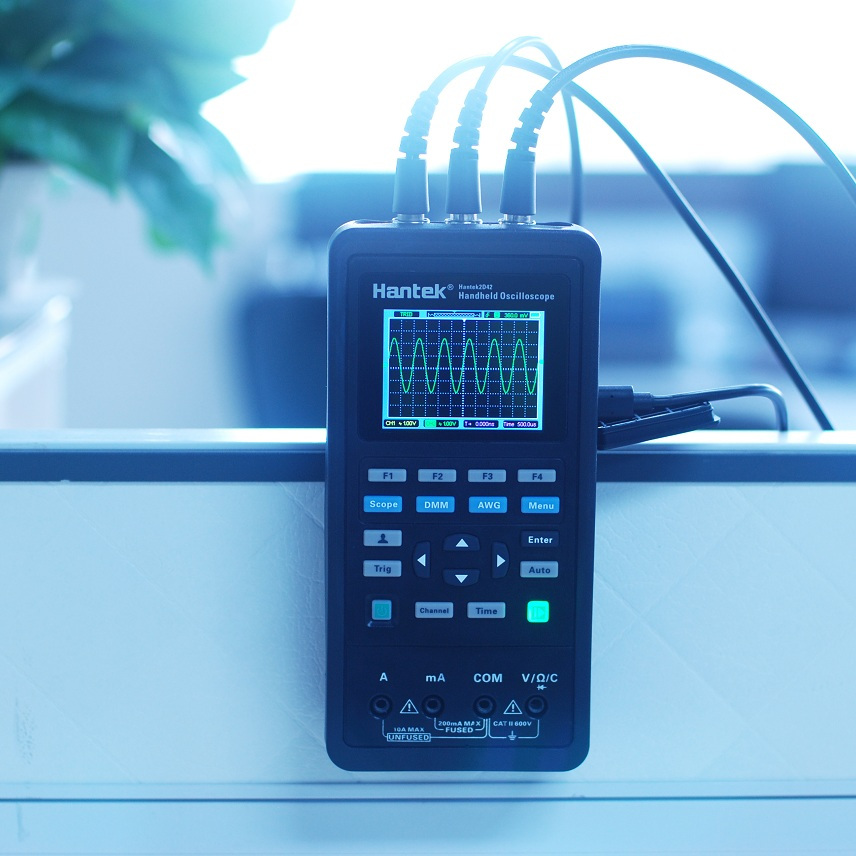
An oscilloscope is a versatile electronic test instrument used to measure and visualize electrical signals and waveforms. It’s a crucial device for electronic technicians, engineers, and hobbyists working on projects involving troubleshooting electrical circuits, sensor signals, or logic analyzers.
Oscilloscopes can measure various signal parameters, including:
- Voltage (amplitude)
- Time (frequency, period)
- Waveform shape (sine, square, pulse, etc.)
- Some also come with a Functions Generator
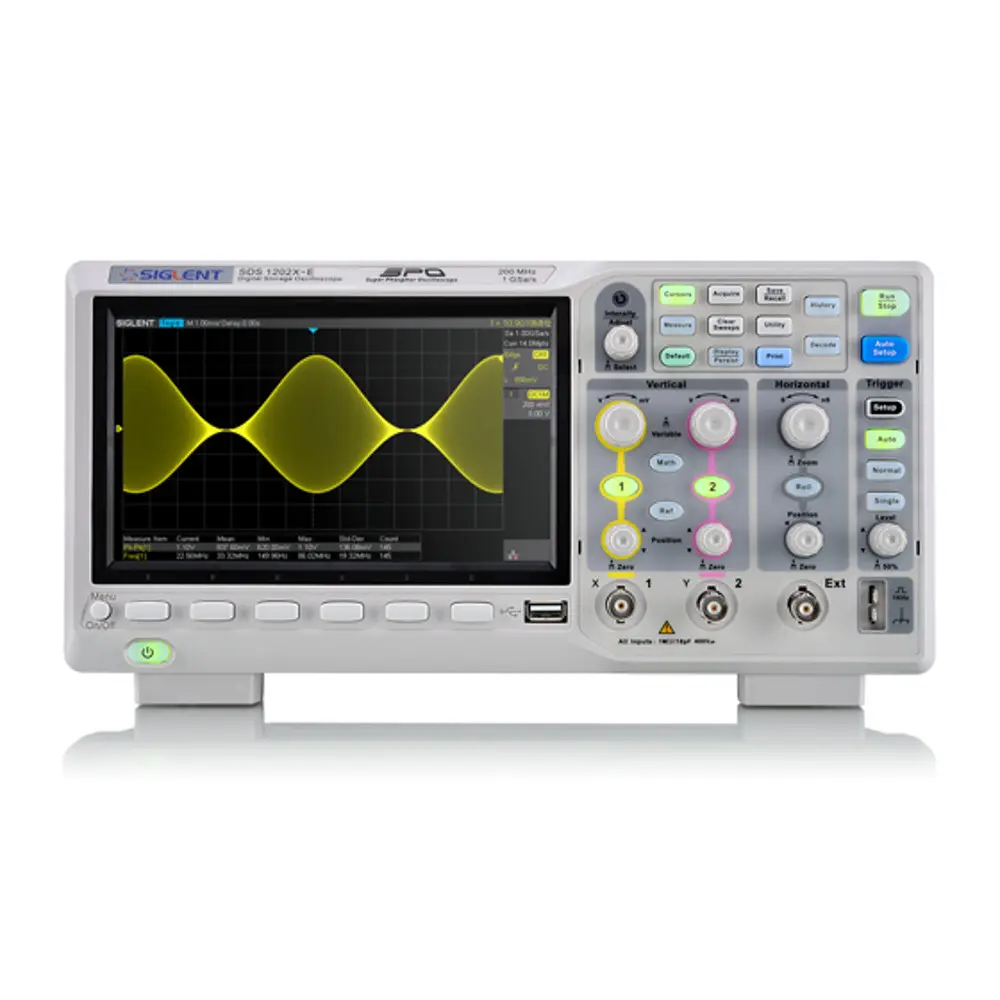
Types of Oscilloscopes:
- Analog Oscilloscopes: Use CRT (cathode ray tube) technology to display signals.
- Digital Oscilloscopes: Use digital signal processing and LCD displays for more accurate and flexible measurements.
- Handheld Oscilloscopes: Portable, compact devices for field measurements.
- PC-Based Oscilloscopes: Connect to a computer via USB or other interfaces, using software to display and analyze signals.
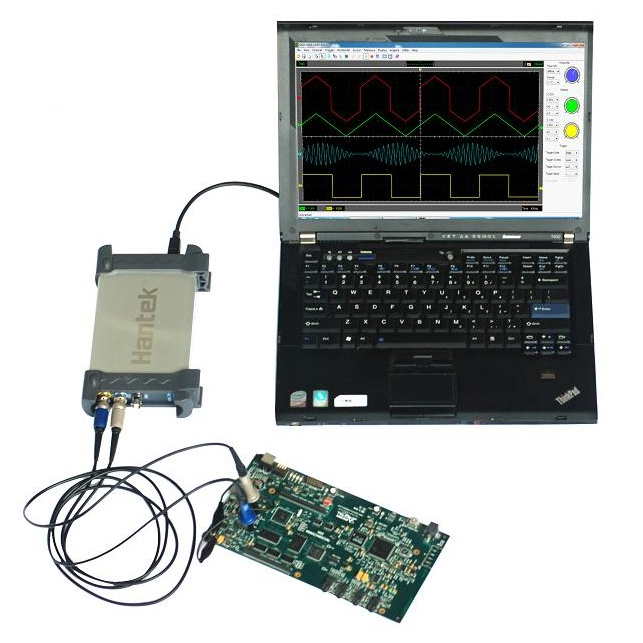
Oscilloscopes are essential for:
- Troubleshooting electrical circuits
- Debugging electronic designs
- Measuring signal characteristics
- Analyzing waveform shapes and patterns
Points to Consider Before Buying
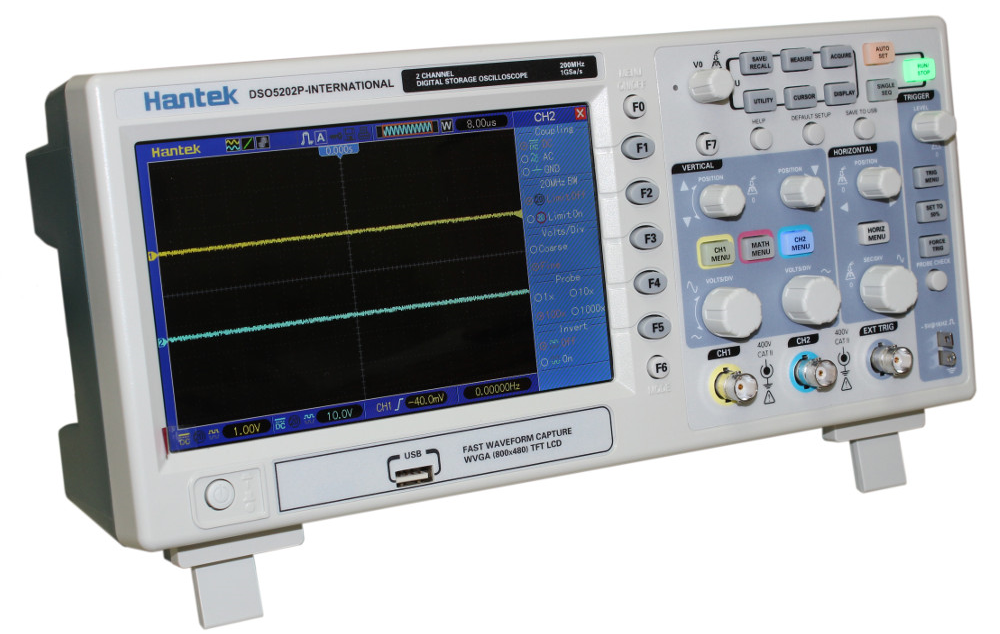
Before making a purchase, consider the following critical factors:
- Price: Oscilloscopes can be costly, so it’s essential to set a budget and research options within your range. Keep in mind that cheaper isn’t always better, and investing in a good quality scope is worth every penny.
- Portability: If you plan to travel with your oscilloscope, consider a portable version with extra protection and a suitable carry case. This will ensure your device remains safe and functional on the go.
- Multifunction Oscilloscope: Some oscilloscopes also come with a Functions Generator or the ability to expand its capability by purchasing extra accessories or add-on licenses for the unit.
- Oscilloscope Specs:
- Three critical specs to consider are:
- Bandwidth: The highest frequency signal the scope can capture. If you work with high-frequency signals, look for a scope with a couple of hundred megahertz or a gigahertz.
- Sampling Rate: The rate at which the scope reconstructs the signal. Ensure the scope can handle the signals you’ll be working with.
- Memory Depth: The size of the buffer memory, which determines how long the scope can capture a signal. A higher memory depth provides a more defined representation of the waveform.
- Three critical specs to consider are:
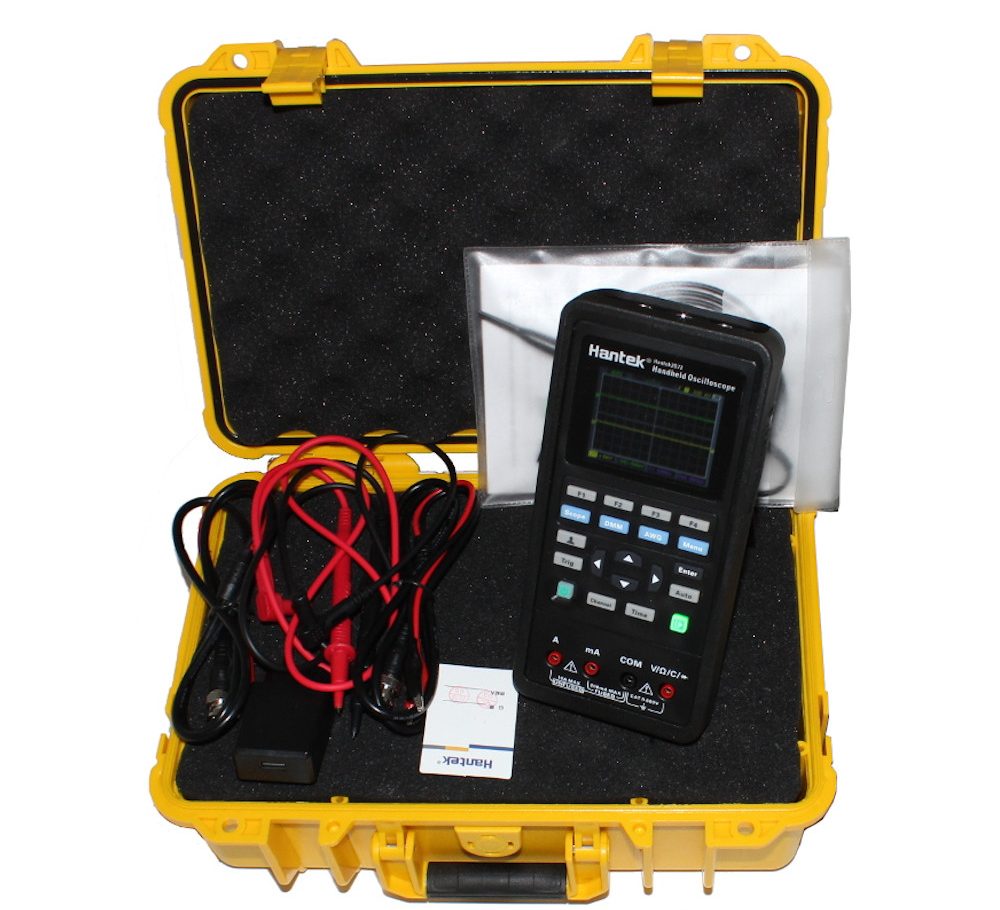
An oscilloscope is a fairly sensitive measurement device. If you are planning to travel with the oscilloscope, a portable version with extra protection and the correct carry case is a must.
Additional Features to Consider
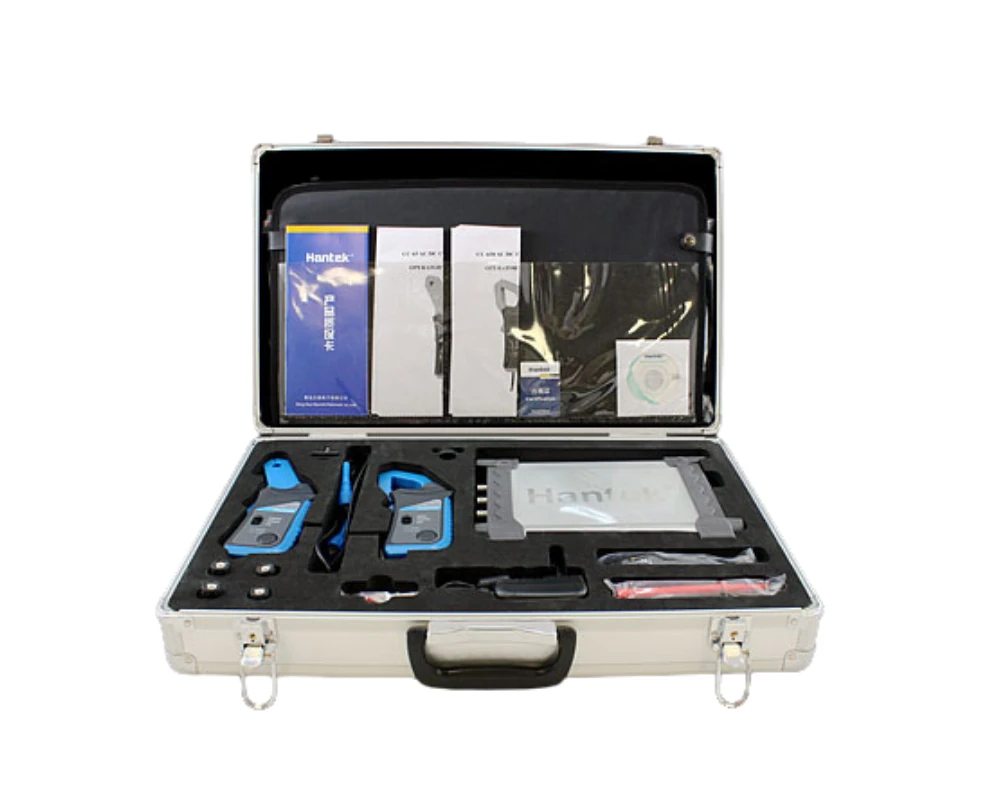
- User Interface: Look for an intuitive interface that suits your needs.
- Software Compatibility: Ensure the oscilloscope is compatible with your computer or mobile device.
- Probes and Accessories: Consider the types of probes and accessories you need for your measurements.
3. Basic Oscilloscope Spec

Bandwidth
Bandwidth is arguably one of the most important specs (if not the most important) when it comes to choosing an oscilloscope. It indicates the highest frequency signal the ‘scope is capable of capturing.
If the frequencies you typically measure are on the higher end of the spectrum, you’ll want a couple of hundred megahertz or a gigahertz, to start. Bandwidths that are more or less in the middle range (50MHz to 500MHz) are usually safe bets. You can find more in-depth reasons regarding bandwidth’s importance to your oscilloscope decision here.
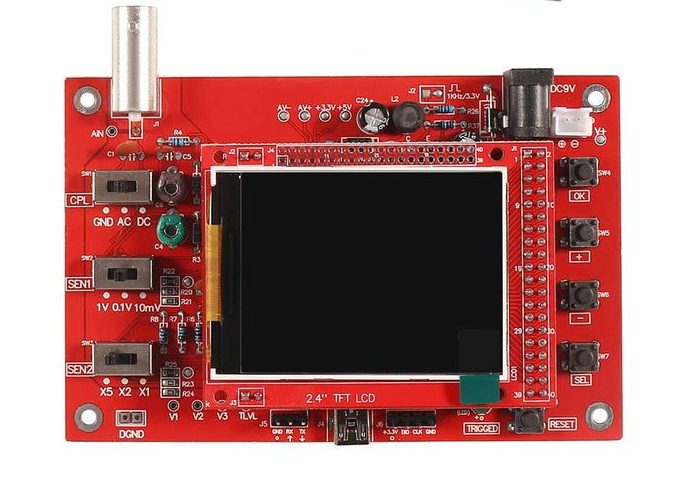
Sampling Rate
The sampling rate is the rate at which the digital oscilloscope reconstructs the signal. You need to make sure the oscilloscope can handle the kind of signals you’ll be working with. Also, when it comes to sampling rates, you need to really double-check the specs. Most scopes have two different sampling rates (also called modes):
- real-time sampling
- equivalent-time sampling (or repetitive sampling)
Memory Depth
Memory depth works hand-in-hand with the sampling rate. Digital oscilloscopes convert the waveform into numbers by sampling it. Then the data is stored in what is called a “buffer memory.” The size of the memory depth determines how long an oscilloscope can capture a signal and convert it. You want to get a higher memory depth in order to get a solid, defined representation of the waveform reading.
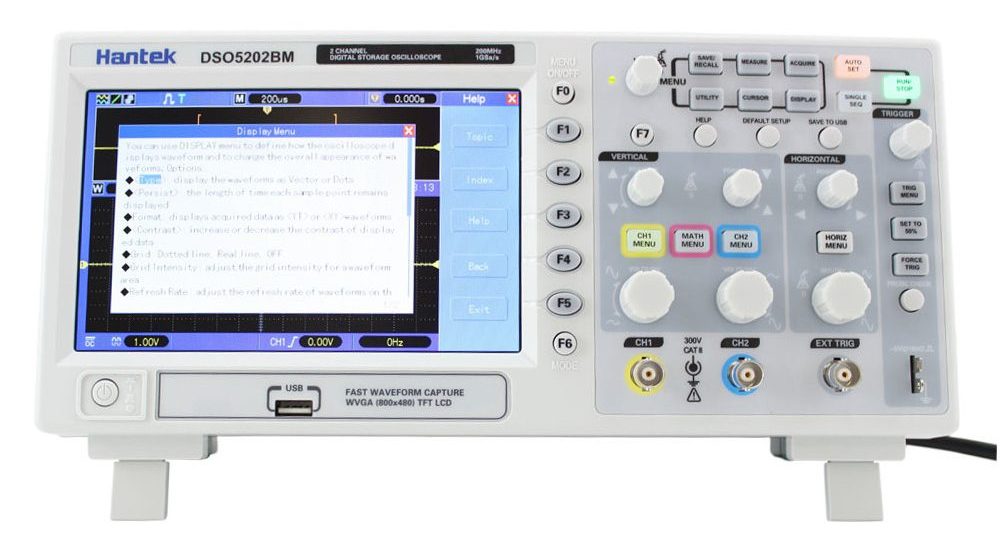
Conclusion
When buying an oscilloscope, remember:
- Set a budget and research options within your range.
- Consider portability if you plan to travel with your scope.
- Look for the right specs: bandwidth, sampling rate, and memory depth.
- Evaluate additional features like user interface, software compatibility, probes, and accessories.
By considering these key points, you’ll find the perfect oscilloscope for your specific needs and applications, ensuring accurate measurements and efficient troubleshooting.
